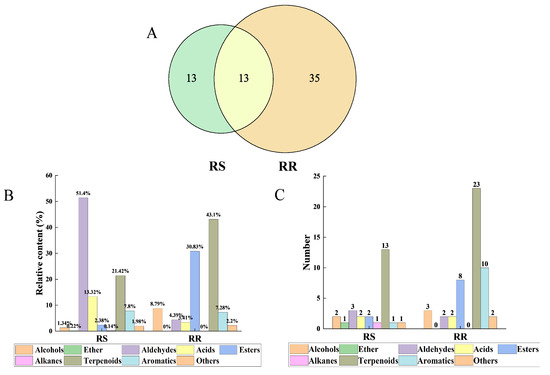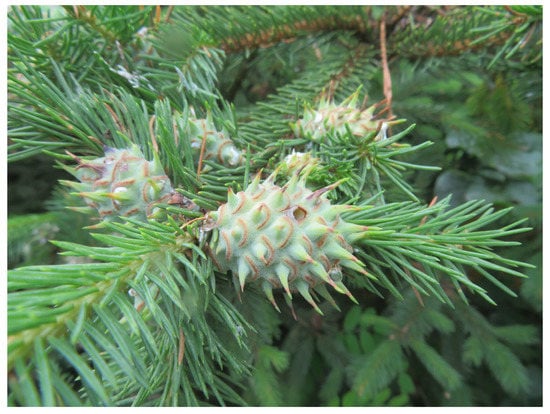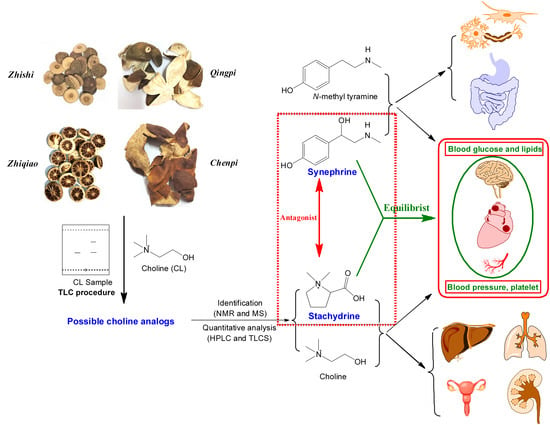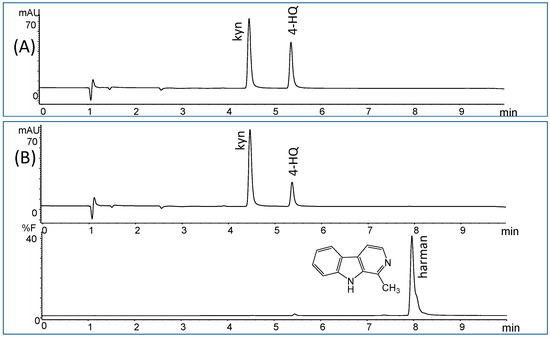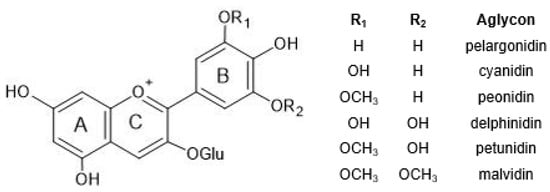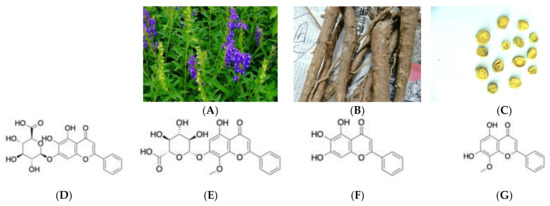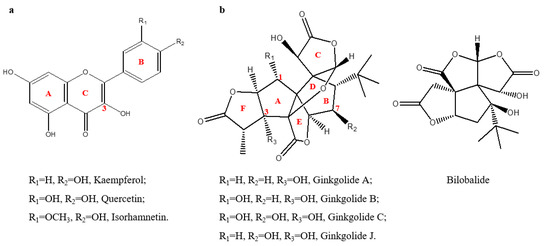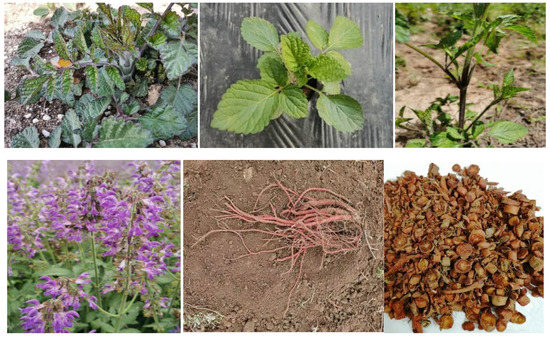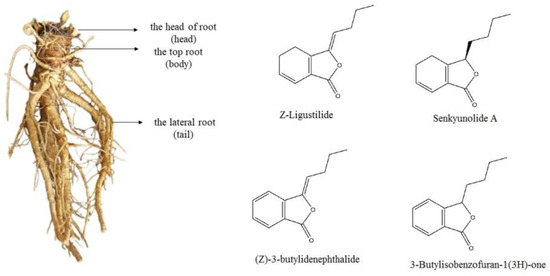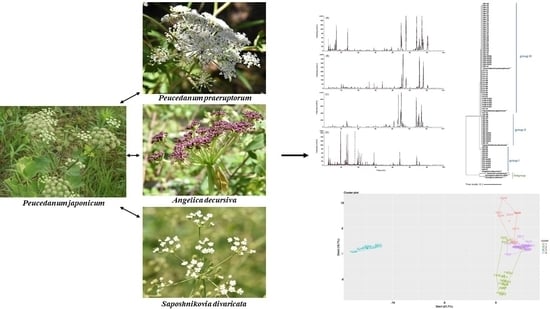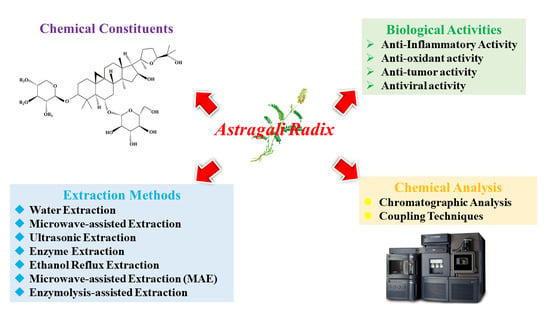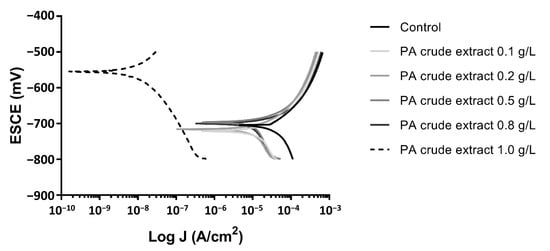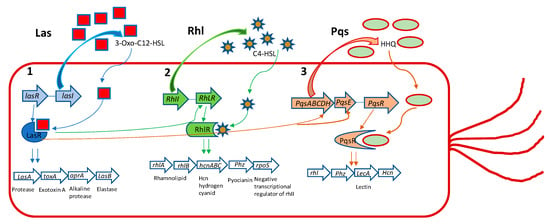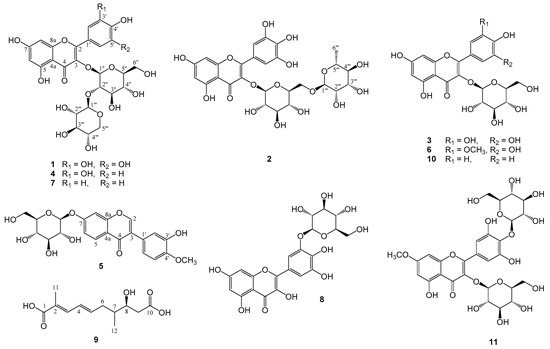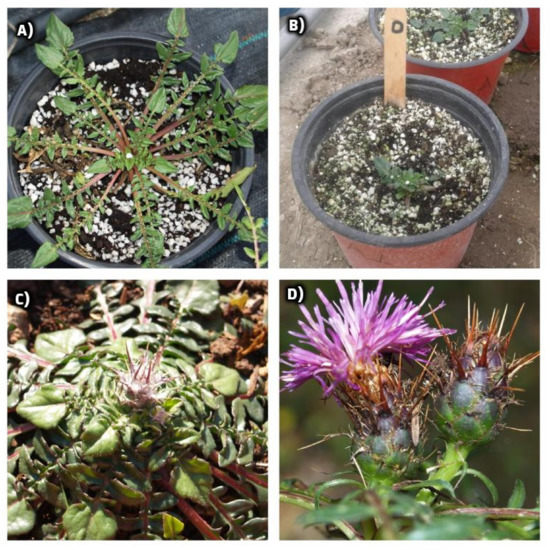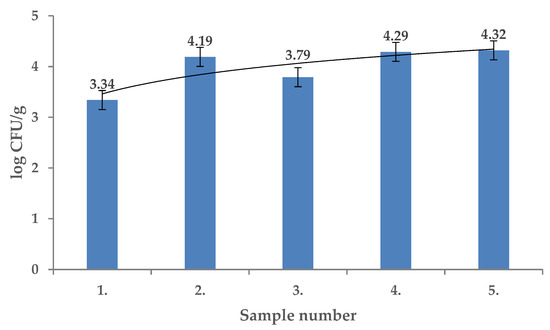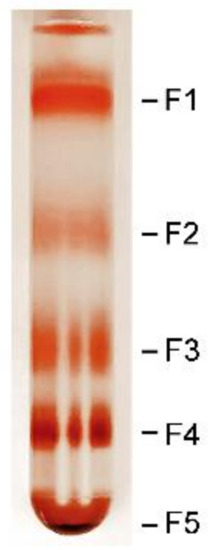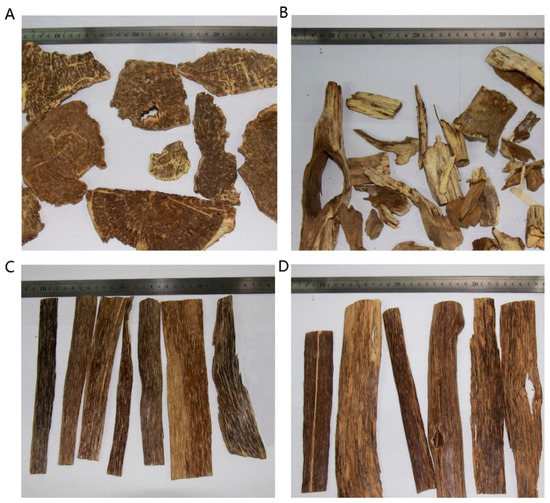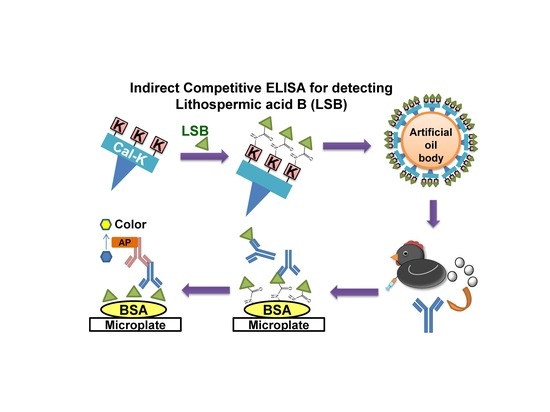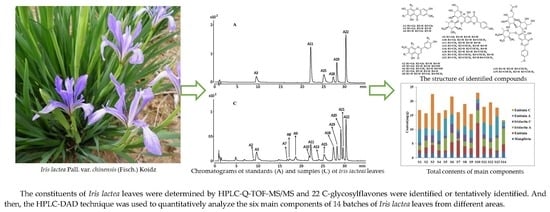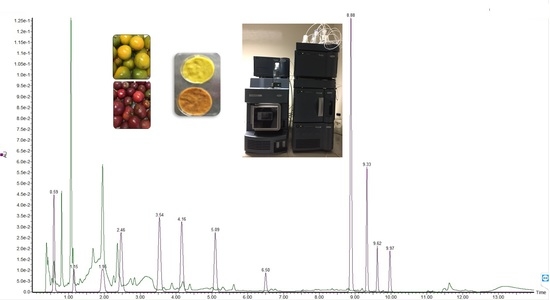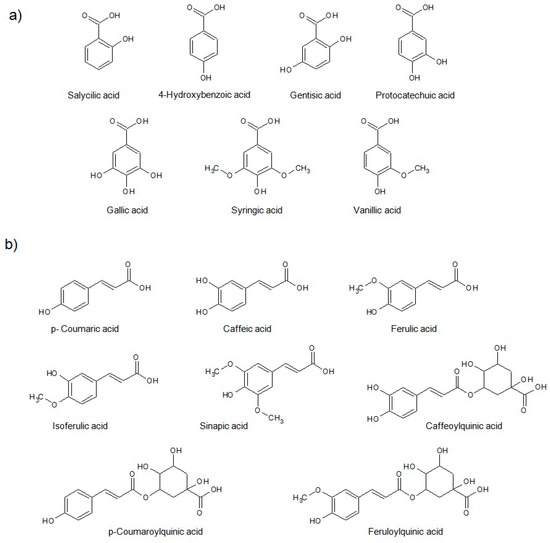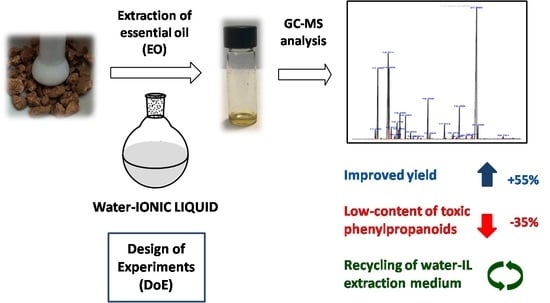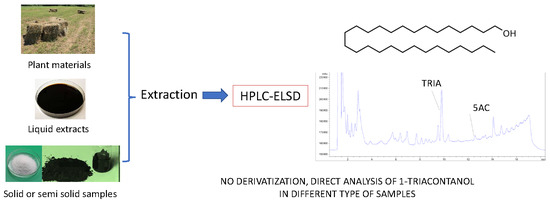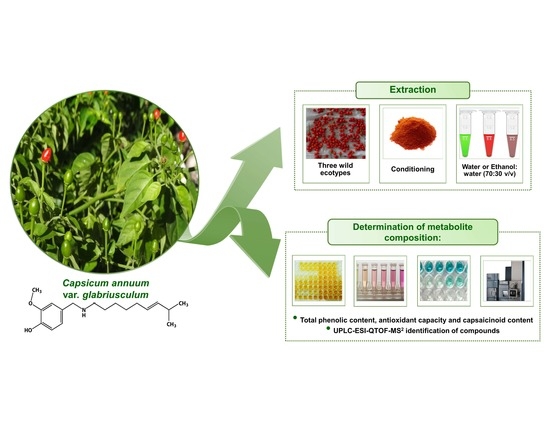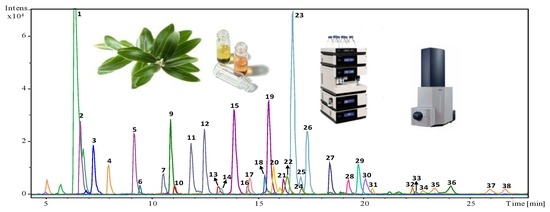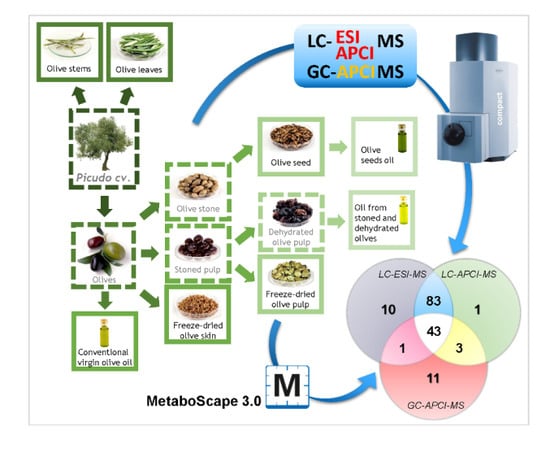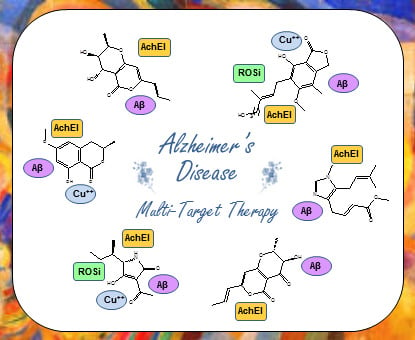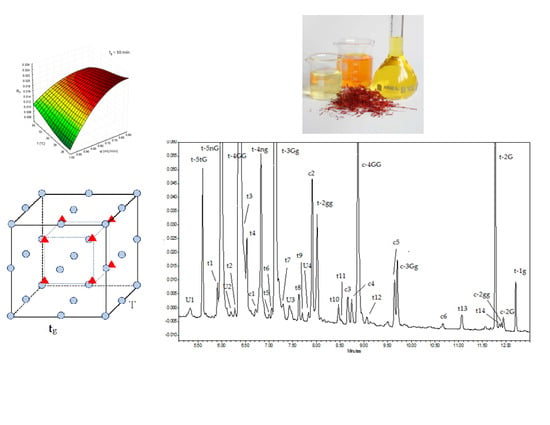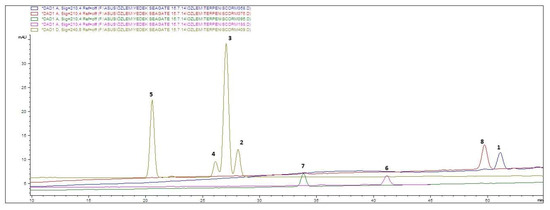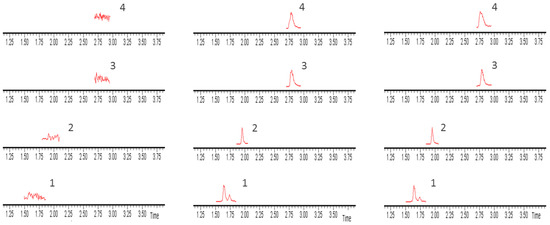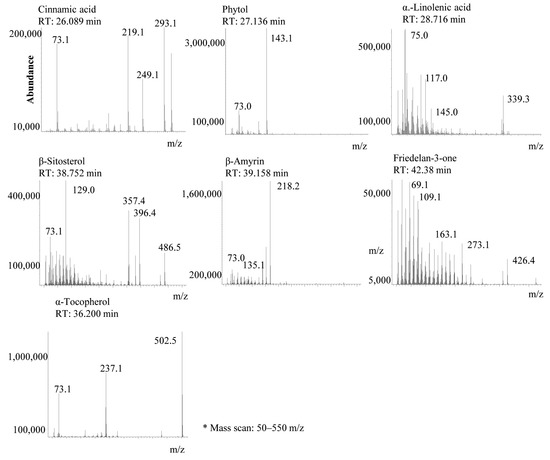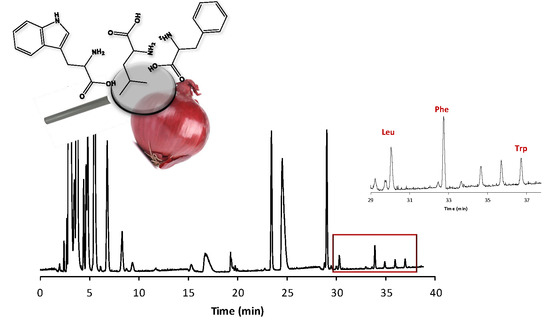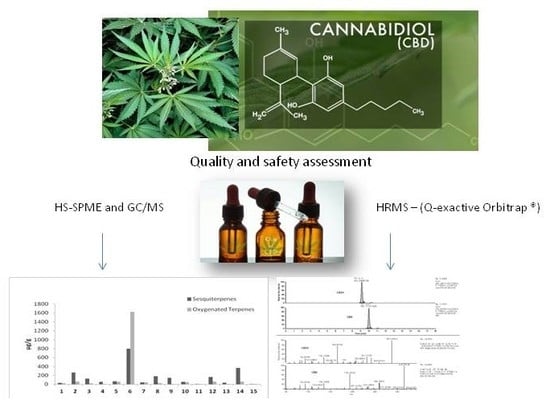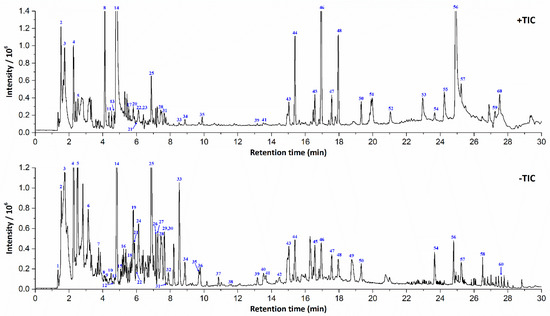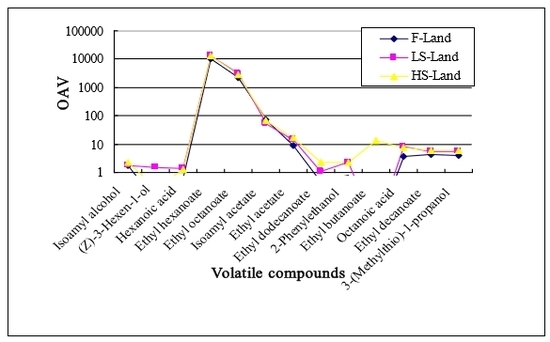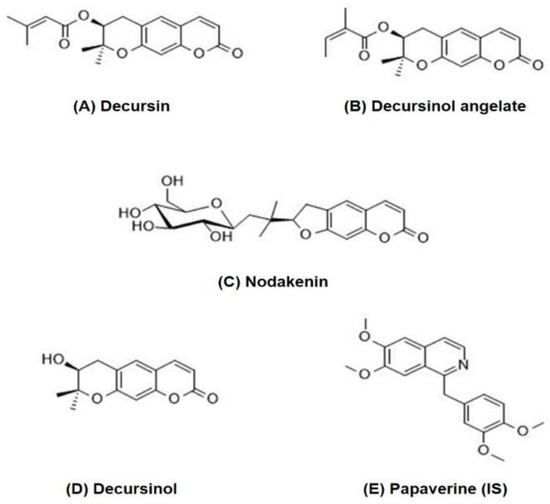Qualitative and Quantitative Analysis of Bioactive Natural Products
A topical collection in Molecules (ISSN 1420-3049). This collection belongs to the section "Natural Products Chemistry".
Viewed by 85611
Editors
Interests: plant compounds; biological activities; cellular biology; microscopy assays
Special Issues, Collections and Topics in MDPI journals
Interests: plant molecules; natural compounds; essential oil; biological activities; cellular biology; antimicrobial testing; cytofluorimetric assays
Special Issues, Collections and Topics in MDPI journals
Topical Collection Information
Dear Colleagues,
Natural products are a rich source of novel biologically/pharmacologically active compounds. Due to their high structural diversity and complexity, they represent interesting structural scaffolds that can offer promising candidates for the study of biologically active sources of new drugs, functional foods, and food additives. In recent years, great effort has been devoted to the qualitative and quantitative analysis of plant extracts and bioactive metabolites.
This Topical Collection welcomes original research and reviews of literature on all aspects of the analysis of plant extracts and bioactive compounds.
Dr. Elisa Ovidi
Dr. Valentina Laghezza Masci
Collection Editors
Manuscript Submission Information
Manuscripts should be submitted online at www.mdpi.com by registering and logging in to this website. Once you are registered, click here to go to the submission form. Manuscripts can be submitted until the deadline. All submissions that pass pre-check are peer-reviewed. Accepted papers will be published continuously in the journal (as soon as accepted) and will be listed together on the collection website. Research articles, review articles as well as short communications are invited. For planned papers, a title and short abstract (about 100 words) can be sent to the Editorial Office for announcement on this website.
Submitted manuscripts should not have been published previously, nor be under consideration for publication elsewhere (except conference proceedings papers). All manuscripts are thoroughly refereed through a single-blind peer-review process. A guide for authors and other relevant information for submission of manuscripts is available on the Instructions for Authors page. Molecules is an international peer-reviewed open access semimonthly journal published by MDPI.
Please visit the Instructions for Authors page before submitting a manuscript. The Article Processing Charge (APC) for publication in this open access journal is 2700 CHF (Swiss Francs). Submitted papers should be well formatted and use good English. Authors may use MDPI's English editing service prior to publication or during author revisions.
Keywords
- bioactive natural compounds
- qualitative and quantitative extract analysis
- conventional and non-conventional analytical techniques
- UV/Vis spectroscopy
- NMR spectroscopy
- mass spectrometry
Related Special Issue
- Qualitative and Quantitative Analysis of Bioactive Natural Products 2018 in Molecules (26 articles - displayed below)
Planned Papers
The below list represents only planned manuscripts. Some of these manuscripts have not been received by the Editorial Office yet. Papers submitted to MDPI journals are subject to peer-review.
Title: Development a rapid UPLC method for analysis of zeaxanthin derivatives and evaluation the effect of saponification on transformation of zeaxanthin in gogi berry (Lycium barbarum L.)extract
Authors: Tsai-Hua Kao
Affiliation: Department of Food Science, Fu Jen Catholic University.







